When you’ve tried traditional medicine but still aren’t getting much relief from your migraine pain, it’s time to explore some other treatment options. Developed in ancient China, acupuncture involves the use of a needle to pierce specific areas of the body to ease pain. According to traditional practice, the body has meridians along it. If there is an energy disturbance along a meridian, illness or pain may follow, including migraine headaches.
The research on acupuncture for migraine relief
A review of 22 trials involving close to 5,000 people published by the Cochrane Library (https://onlinelibrary.wiley.com/doi/10.1002/14651858.CD001218.pub3/abstract) found evidence that acupuncture can reduce how often a person gets a migraine, and the effect seen appears to be similar to what people with migraines receive using preventive medicine. In those studies overall, the headache frequency dropped by at least 50 percent in up to 59 percent of the participants receiving acupuncture. On top of that, this effect lasted for longer than six months in some of the study participants. While it’s not known precisely what mechanism makes acupuncture for migraine relief effective, some researchers in these studies theorized it could activate pathways in the brain that are behind turning pain off.
How acupuncture for migraine relief works?
The goal of acupuncture treatment is to keep your energy flow, known as “Qi,” balanced along your meridians. Treatment can take around an hour, and the American Migraine Foundation recommends you undergo at least six treatment sessions (https://americanmigrainefoundation.org/resource-library/understanding-migraineacupuncture-and-migraine-finding-a-combination-that-sticks/).
You may also receive some dietary suggestions at your treatment seasons. Caffeine, for example, can make migraines worse, and some practitioners of acupuncture feel it will disrupt the flow of your body. Your practitioner will provide you additional advice to help you get the most relief from your migraines and also answer any questions you may have about your treatments.
Acupuncture is an effective migraine treatment with minor side effects
If you’re concerned about side effects, you can rest assured this centuries-old practice is incredibly safe with a trained practitioner. The most common side effects from acupuncture treatment are very mild and include a small amount of bleeding or bruising at a needling site, drowsiness or relaxation–which is not an adverse event for most people–and minor pain at the needling side.
Look for a trained, experienced practitioner who has done treatment sessions for migraines before. As with other types of treatments, you will get the best results and have the most comfortable experience with a practitioner who is well versed in acupuncture.
If you are suffering from migraine pain and struggling to ease it, you’re certainly not alone. Many adults and even children suffer from recurring migraines throughout their lives. These types of headaches can plague people for years, interrupting daily life and even impacting life quality overall when they become very frequent. If you haven’t yet tried acupuncture for migraine relief, the research suggests it’s time to give it a chance.


